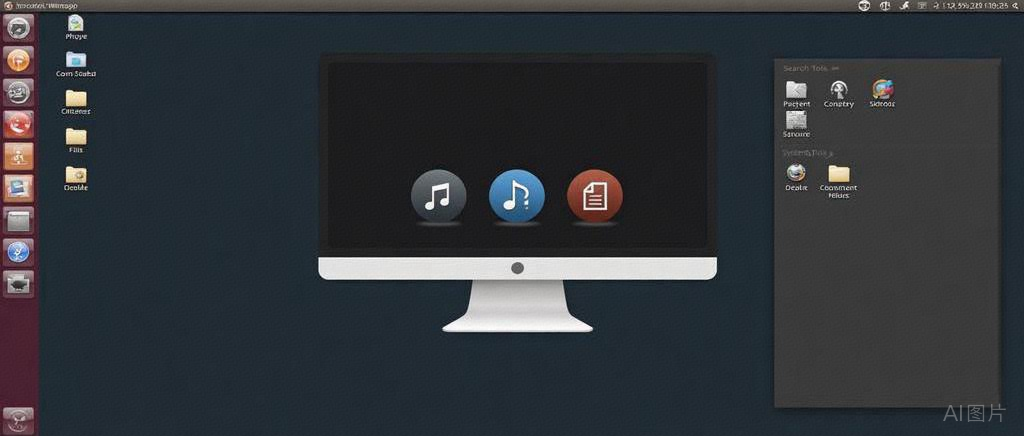In Linux systems, absolute paths and relative paths are core concepts for locating files and directories, with significant differences in usage scenarios, syntax, and functionality. Here is a detailed analysis:

1. Definitions and Syntax
- Absolute Path
- Definition: Starts with the root directory
<span>/</span>and describes the complete path to the target file or directory step by step from the root directory. For example:<span>/home/user/documents/file.txt</span>. - Characteristics: The path is unique and does not depend on the current directory location; regardless of which directory the command is executed from, the absolute path can accurately locate the target.
- Definition: Starts from the current directory and describes the path using symbols
<span>.</span>(current directory) and<span>..</span>(parent directory). For example:<span>./subdir/file.txt</span>or<span>../parentdir/file.txt</span>. - Characteristics: The path depends on the current working directory, offering high flexibility but requiring attention to the path hierarchy.
2. Core Differences
| Feature | Absolute Path | Relative Path |
|---|---|---|
| Starting Point | Root Directory <span>/</span> |
Current Directory |
| Syntax | Starts with <span>/</span> |
Does not start with <span>/</span>, may include <span>.</span> and <span>..</span> |
| Dependency | No Dependency | Depends on Current Working Directory |
| Applicable Scenarios | System Configuration, Fixed Paths in Scripts, Cross-Directory Operations | Daily Operations, Internal File References in Projects |
| Example | <span>/usr/bin/python</span> |
<span>../scripts/my_script.sh</span> |
3. Usage Scenarios
- Typical Uses of Absolute Paths
- System Commands and Configurations: For example, executing
<span>/usr/bin/ls</span>or configuration file paths like<span>/etc/hosts</span>. - Script Reliability: Ensures that scripts can correctly access files at fixed paths from any directory.
- Cross-Directory Operations: Avoids lengthy relative path writing when the target is far from the current directory level.
- Daily Operations: For example,
<span>cd subdir</span>or<span>cp file.txt ../backup/</span>. - Project Management: When referencing resources within a project, relative paths are more concise and portable (e.g.,
<span>./src/main.py</span>). - Simplified Input: Quickly switch directory levels using
<span>.</span>and<span>..</span>.
4. Special Symbols and Extended Usage
- Special Directory Symbols
<span>~</span>: Represents the user’s home directory (e.g.,<span>/home/user</span>).<span>-</span>: Represents the previous working directory (switch using<span>cd -</span>).<span>.</span>and<span>..</span>: Represent the current directory and the parent directory, respectively.
- Use
<span>*</span>to match any character (e.g.,<span>ls *.txt</span>). - Auto-completion feature: After entering a path prefix, press the
<span>Tab</span>key to quickly complete the path.
5. Considerations
- Path Uniqueness: Absolute paths ensure accurate file location, while relative paths may become invalid due to changes in the current directory.
- Slash Direction: Linux paths use forward slashes
<span>/</span>, avoiding confusion with backslashes<span>\</span>(common in Windows). - Permission Issues: Ensure read and write permissions when accessing paths, which can be adjusted using
<span>chmod</span>and<span>chown</span>. - Special Character Handling: When paths contain spaces or special symbols, they must be enclosed in quotes (e.g.,
<span>"my file.txt"</span>).
6. Conclusion
- Absolute paths are suitable for scenarios requiring clarity and stability, while relative paths offer advantages in flexibility and convenience.
- In practical applications, both are often used together. For example, a script may first locate the project root directory using an absolute path and then operate on internal files using relative paths.
- Mastering the concept of paths is fundamental to Linux system management, development, and operations, and understanding should be deepened through practice.